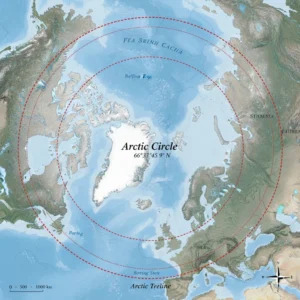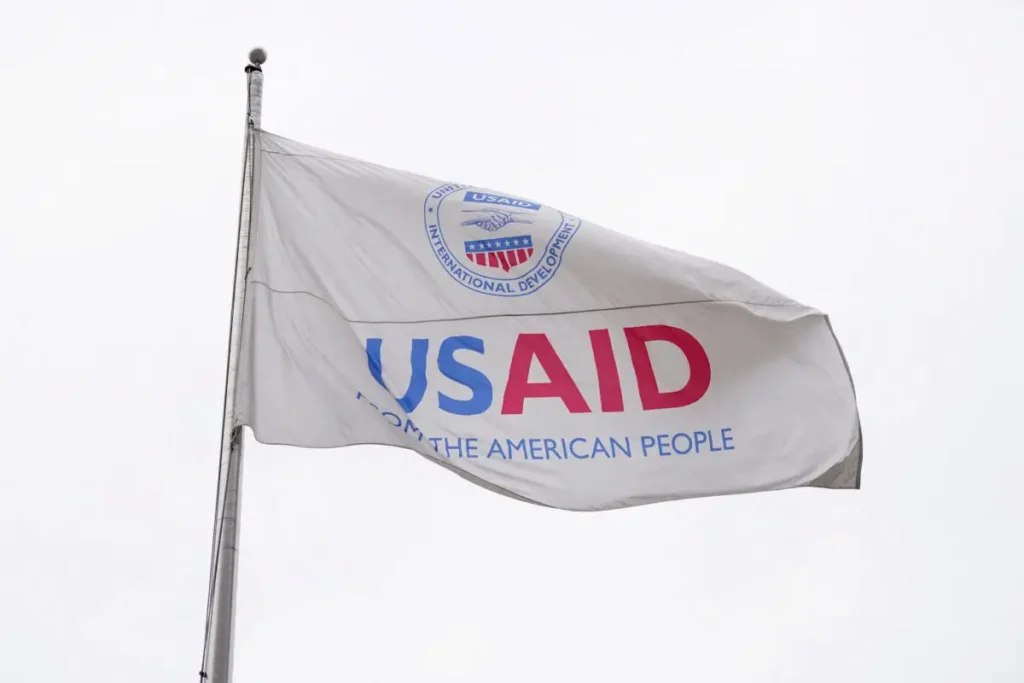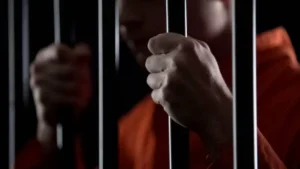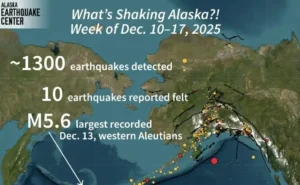A federal judge temporarily halted Trump’s USAID worker suspension just hours before the move would have placed 2,200 employees on administrative leave. Judge Carl Nichols issued a restraining order responding to a lawsuit from two unions that sought to prevent the cuts.
The order reinstates 500 employees already placed on leave and blocks additional suspensions until February 14 at midnight. Trump aims to dismantle USAID, arguing that the foreign aid agency wastes taxpayer money.
Trump’s administration planned to lay off nearly all of the agency’s 10,000 employees, retaining only 611 staff members. Officials had already suspended 500 workers, and another 2,200 were set to be laid off before the judge’s intervention.
The lawsuit claimed the plan violated the US Constitution and harmed affected employees. Nichols ruled in favor of the union, stating they faced irreparable harm while blocking the suspensions, which posed zero harm to the government.
Nichols’s order mandated the immediate reinstatement of workers and restored their access to email, payroll, and security systems. The judge scheduled a Wednesday hearing to consider a longer-term pause on the suspensions.
As the ruling emerged, USAID headquarters in Washington DC removed agency signs, and officials covered the remaining markers with black tape. The agency’s website became inaccessible, displaying only a message about staff reductions.
Trump campaigned to cut federal spending and launched the Department of Government Efficiency, led by Elon Musk, to oversee budget reductions. Hours after taking office on January 20, he signed an executive order freezing foreign aid until it aligned with his “America first” policy.
USAID operations halted immediately, impacting health and emergency programs in over 120 countries. Former USAID chief Samantha Power condemned the move as a foreign policy disaster. Global health officials warned that reduced funding could increase AIDS-related deaths by 6.3 million over five years. Trump’s USAID worker suspension remains in legal limbo, and the judge’s final decision is expected soon.












